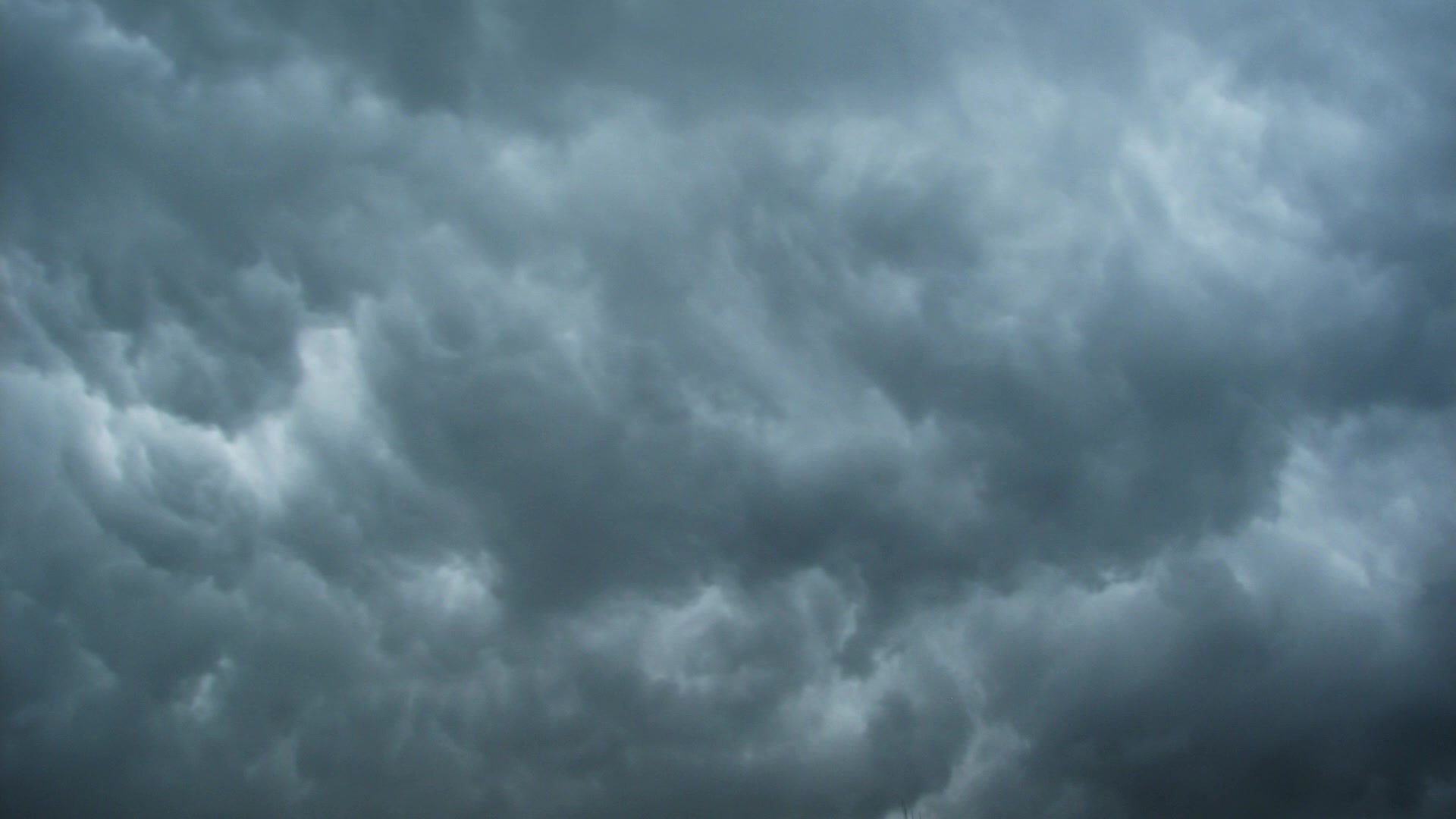
lawyers.ca duimetrology.com
905-273-3322 or 1-877-273-3322
Learn to Challenge Flawed Forensic Science
Lawyers and law students should learn how to challenge flawed forensic science:
"... ongoing and expanded continuing legal education for counsel, ... and for the judiciary regarding expert evidence, particularly
expert scientific evidence. Members of the bar should ensure that they understand the scope and limitations of an expert’s opinion and expertise. ...exercise care to qualify an expert properly and set precise parameters on an expert’s area of expertise. Counsel should be vigilant to ensure that justice is not undermined by the use of flawed forensic evidence. The recommendations of the Goudge Report continue to
provide valuable insights on these issues."
(Executive Summary pp. 20-21 to the Report of the Motherisk Hair Analysis Independent Review by Independent Reviewer, The Honourable Susan E. Lang)
Most of forensic science requires measurement.
Forensic science that ignores measurement science is flawed.
Learn the differences between quantitative analysis and qualitative analysis.
This site encourages lawyers and law students to learn how to challenge flawed forensic measurement by applying the rules and vocabulary of international measurement science to the forensic measurements made by police officers and forensic scientists, and by using those rules and vocabulary during cross-examination and argument .
Where Do I Start?
How do I learn the rules and vocabulary of international measurement science?
-
Read the VIM : International Vocabulary of Metrology - Basic and General Concepts and Associated Terms, [JCGM] JCGM 200:2012, published by the BIPM.
-
Read the VIML: International Vocabulary of Terms in Legal Metrology, published by OIML.
-
Read other national and international literature from the NRC, NIST, NASA, OIML, and ISO, related to good laboratory practice.
-
If you are a criminal defence lawyer, take the free course at this site.
-
If you are a criminal defence lawyer, take an online course at Udemy.